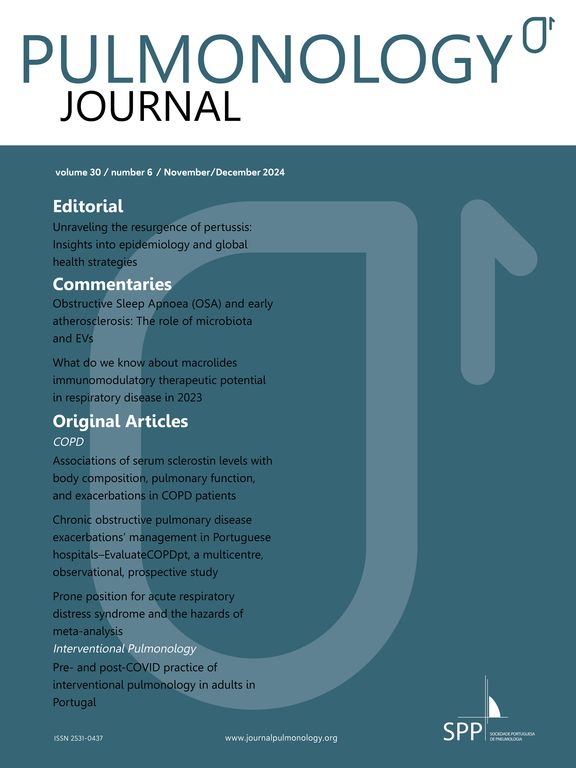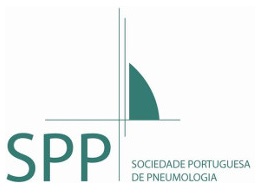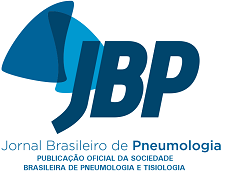I read the recently published research letter by Hindré et al. with great interest.1 It describes a dramatic response to an mTOR inhibitor (sirolimus) in a patient with generalised sarcoidosis who after an initial marked response to JAK/STAT inhibitor (tofacitinib) showed a resistance to this drug. This case report is beautifully illustrated by a series of 18FdG -PET-scan showing the active granulomatous lesions before and during tofacitinib and after sirolimus administration. It includes an interesting immunohistochemical (IHC) study focusing on the activation of JAK/STAT and mTOR pathways in dermal granulomas sampled before the tofacitinib treatment. No STAT1/3 phosphorylation indicative of an activated JAK/STAT pathway was clearly detected while the patient was responding to tofacitinib. This suggests that this granuloma may have been localised to a resistant area to skin lesions as shown on the second 18-FdG-PET-scan and that the JAK/STAT targets of tofacitinib were not expressed there, in contrast to other granulomatous lesions that initially respond. Another explanation could be an effect of tofacitinib on targets other than JAK/STAT, such as an inhibition of NOD2 expression, but this effect is thought to be more likely to inhibit the formation of new granulomas than to eradicate existing ones.2 In contrast, the authors show that the mTOR pathway was already activated before tofacitinib treatment, for a better deciphering it would have been worth knowing if the sarcoid lesions were biopsied in an area refractory to tofacitinib treatment. Several pathways are known to be potentially activated and candidates for targeted treatment, initially reported for JAK/STAT, mTOR, NLRP3 and inflammasome.3 This observation suggests a heterogeneous cellular ecosystem in the different granulomas of the same patient, which is consistent with the observation that pulmonary granulomas have a rich CD4+ T-helper associated lymphocytic population in addition to monocytes-macrophages, the basic component of granulomas, whereas in the skin, naked granulomas with few associated lymphocytes are mostly observed. It also suggests a heterochrony in the activation of the different pathways in granulomas in the same patient. Therefore, we can consider sarcoidosis lesions, as a complex system in which all potentially activated pathways are organised as redundant processes. Kraaijvanger et al. using IHC on a large set of sarcoid granulomas at diagnosis found concomitant activation of JAK/STAT, mTOR, NLRP3 in most granulomas with these activated pathways co-expressed in one third of the granulomas.4 If mTOR is found activated in most reports1,4,5 a heterogeneous association with cell cycle (Ki67 expression) was observed by Pizzini et al. suggesting a potential STAND-BY position for mTOR activation with a further step required to click on the ON position.5 It can be hypothesised that the various potentially activated pathways in granulomatous lesions may be in an ON, OFF or STAND-BY position and that resistance to an initially effective drug may be related to the activation of other redundant processes. Therefore, the granulomatous lesions of sarcoidosis should be studied using the most modern tools for analysing complexity before identifying driver pathways to be specifically targeted especially in each patient.
The Impact Factor measures the average number of citations received in a particular year by papers published in the journal during the two preceding years.
© Clarivate Analytics, Journal Citation Reports 2025
SRJ is a prestige metric based on the idea that not all citations are the same. SJR uses a similar algorithm as the Google page rank; it provides a quantitative and qualitative measure of the journal's impact.
See moreSNIP measures contextual citation impact by wighting citations based on the total number of citations in a subject field.
See more





